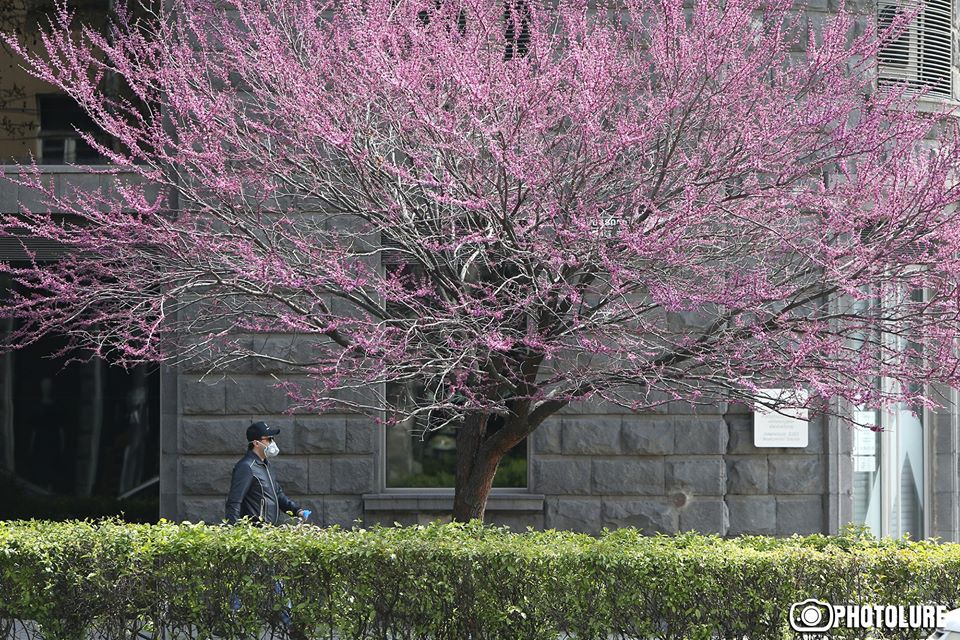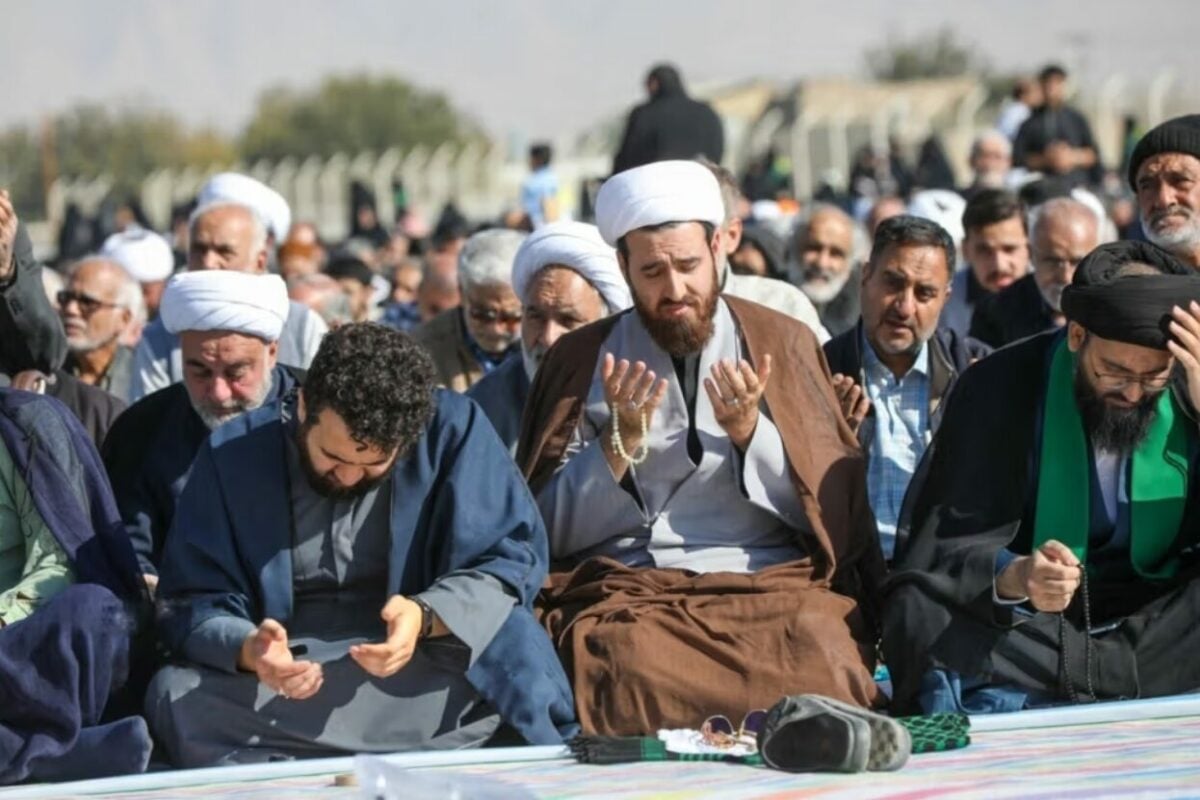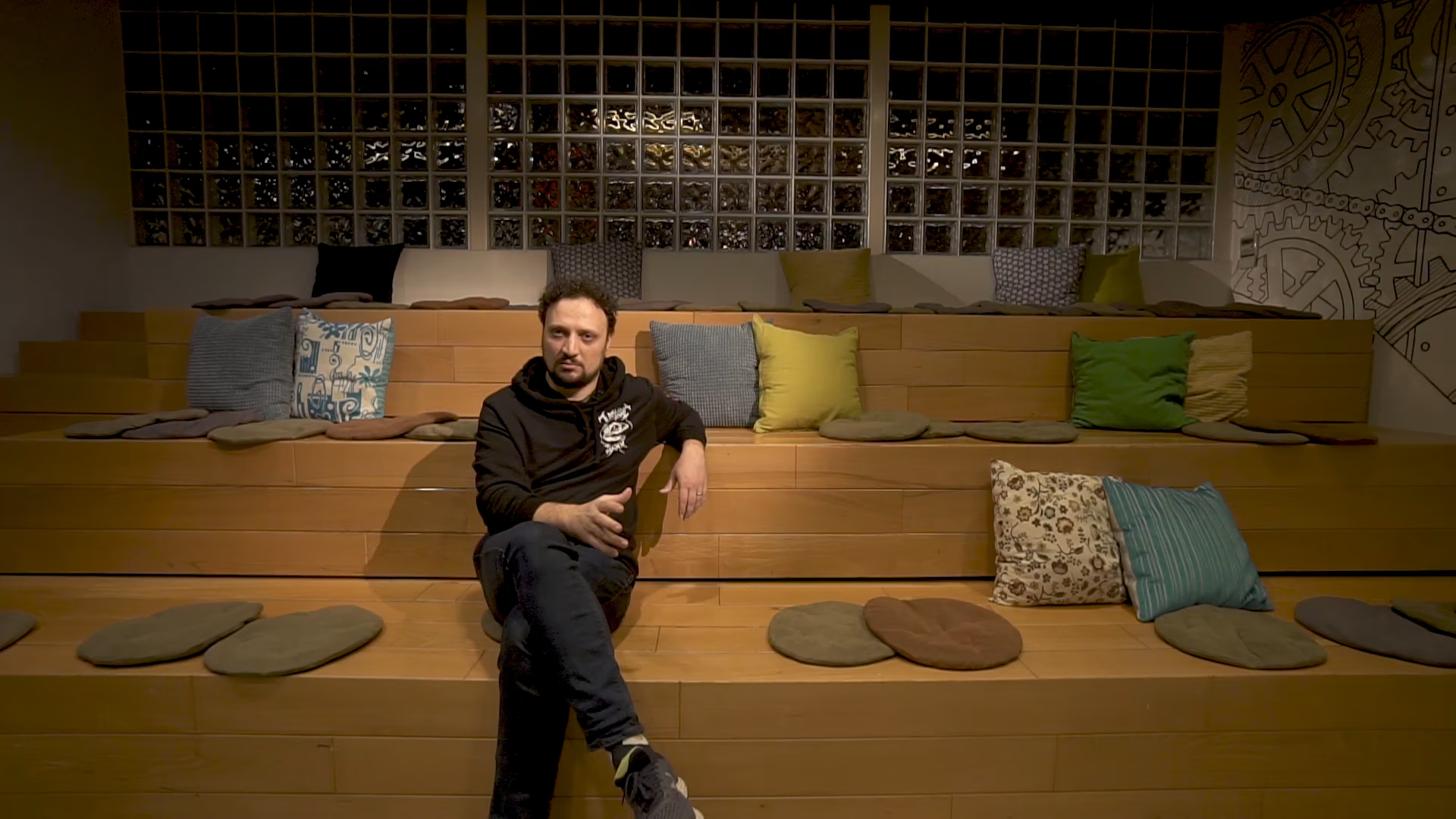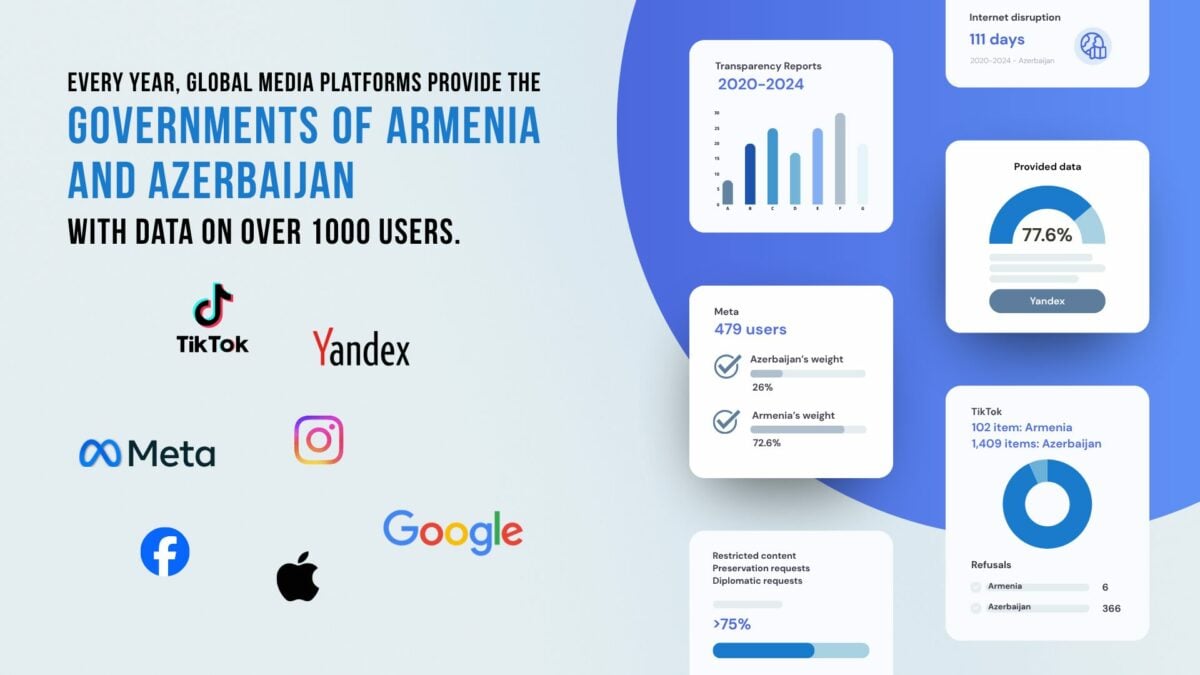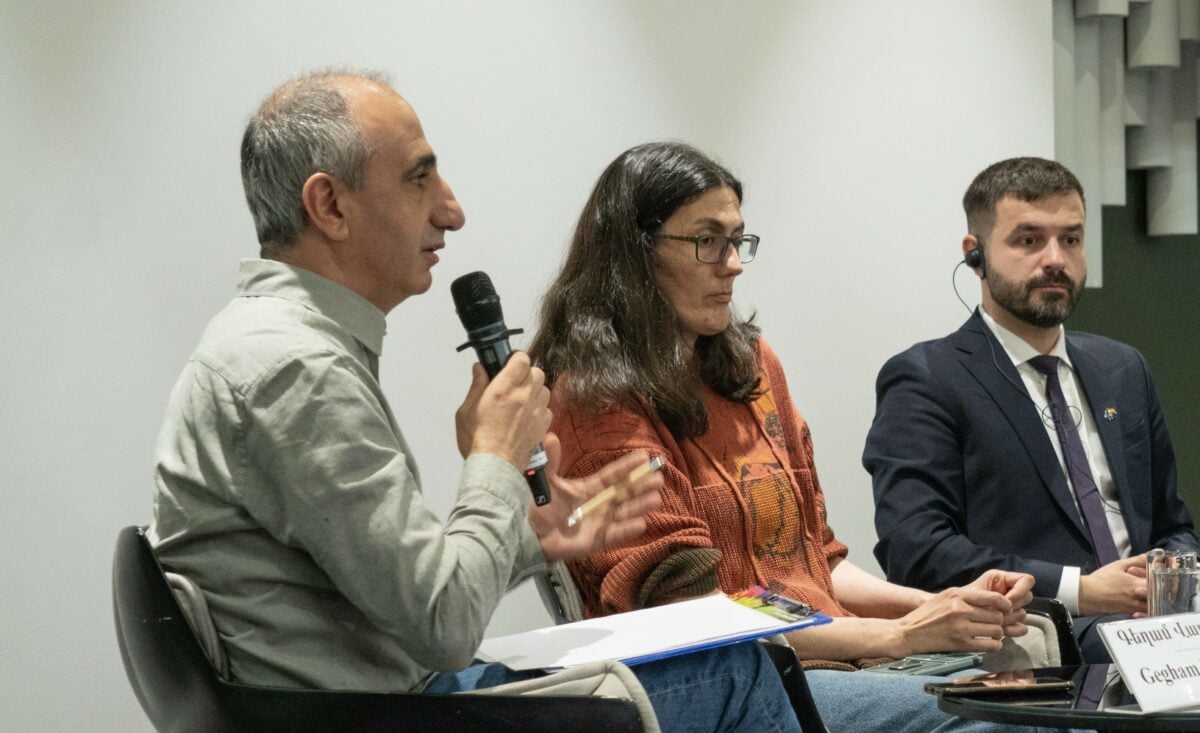During these days of quarantine, when there is a clear demarcation between the inside and outside, even a clash, it is very difficult to be a photojournalist of the time. Inside, it is safe, and outside, there is a chance of infection. And photographers are looking for places to find stories while staying healthy and fit.
Photographers, unlike journalists, have no chance of working at home. To be more precise, of course, everyone has that opportunity, but the photographer left at home is no longer a documenter of reality, but of their own feelings.
They can look at reality through the window of their home or find themselves in a place where there is alarm but at least material to work on.
Surprisingly, there aren’t many shots of our pandemic life right now, both because of the state of emergency, its restraining rules, and the fact that life has taken a break and stopped many public events, and the stories are frozen in closed spaces, especially in hospitals and in solitary confinement.
Three photographers are thinking about these days. About fear, infection, not being cut off from life or intentionally cutting oneself off, and of course, about money.
George Perkuperkyan, Armenpress
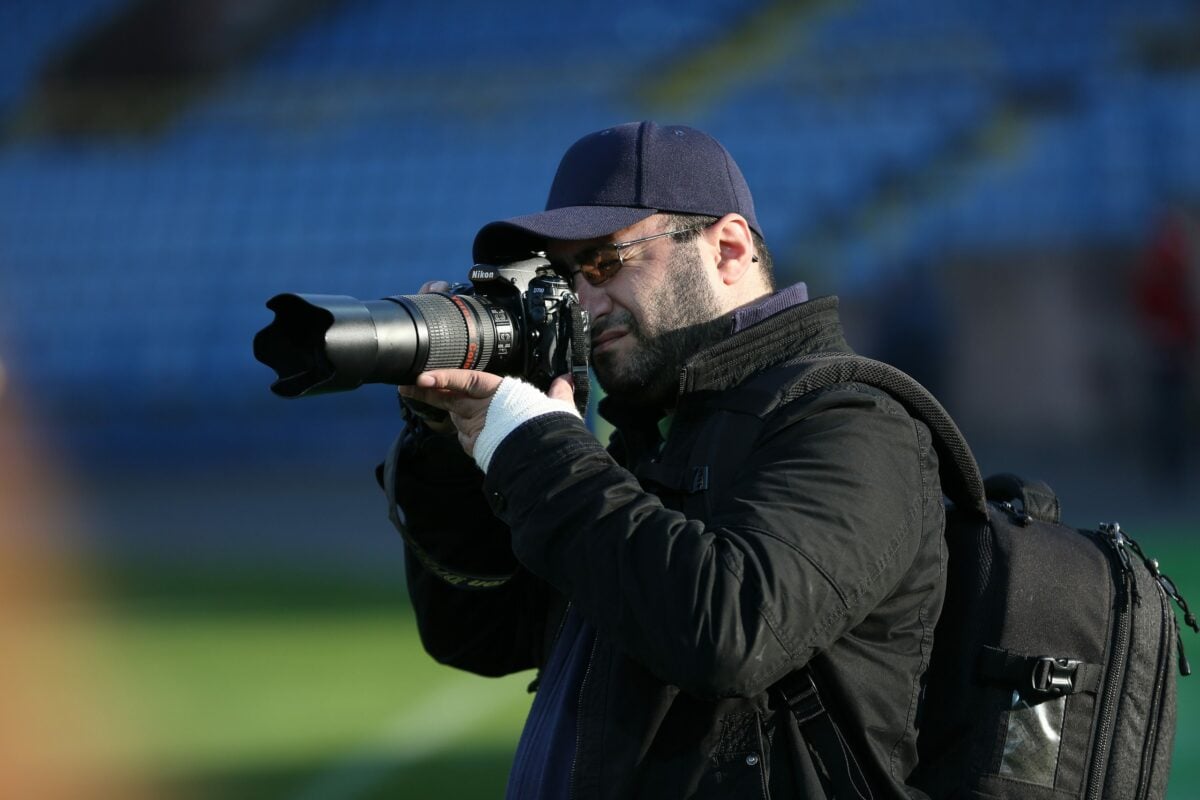
It’s a little difficult for me to work with this infection, but it’s understandable. We work by keeping a distance and wearing protective equipment. I can’t say that there is fear.
It is usually more frightening during rallies or demonstrations, as even armor cannot help when a stone is thrown at your head. For example, during the events in Sari Tagh, two sound bombs exploded on me and my hearing had only been restored a few months later.
Now photojournalists have the opportunity to move, that is, the right to work. And that’s important these days.
For example, as a photographer for Armenpress, I went to checkpoints to take pictures of how the police work. And during that time other materials and stories were born. In addition to the checkpoints, I also photographed flower greenhouses full of unsold flowers.
This topic was also important, because afterward the Ministry of Agriculture responded to it, developed programs with the owners of greenhouses, and so on.
Yes, everyone says that photographers are the documentarians of our reality, but so far their work in Armenia has not been evaluated. Let me give you an example from the events dedicated to the 100th anniversary of the Armenian Genocide. They were very solemn, but there are no valuable photos.
Armenpress, who always archives all the photos, managed to steal only one shot from the hole in the wall, as photography was forbidden, and it was decided that the photographers were obstructing the event. It was very embarrassing. The Reuters journalist working next to me, for example, had to take a photo of the screen to send it to the editorial office.
That special day was not archived in any way. I am sure that the historiographer of time is not the journalist, but the photographer and the video cameraman. Because what was written may be questioned tomorrow, but a photo may not.
And years later, when building a story and writing scientific papers, the photo archive or video chronicle must come first. Photographic film decorations are also built on the basis of photos.
Of course, now I’m taking photos of the chronicle, the documentation of the day, but many of the personal series I was working on have been delayed because I can’t meet people freely in the context of the epidemic.
Freelance photographers are in a much more difficult position, as their movement is hampered by the lack of a pass. Many projects are canceled or have failed. Even the business does not know how long this frozen state will last in order to plan out their advertising.
For example, I work with several stores and companies that went online and needed photos. I offered to photograph the products in my small studio room because it’s better to work than to be idle. And they can pay later.
I also started photographing flowers and flowering trees, enlarging, say, a pear, or a flower. Now I’m thinking about what I’m going to take a picture of tomorrow…
I would like to use this time interval to get together with photographers and make various suggestions on how to make our work effective and easy.
Nazik Armenakyan, 4plus
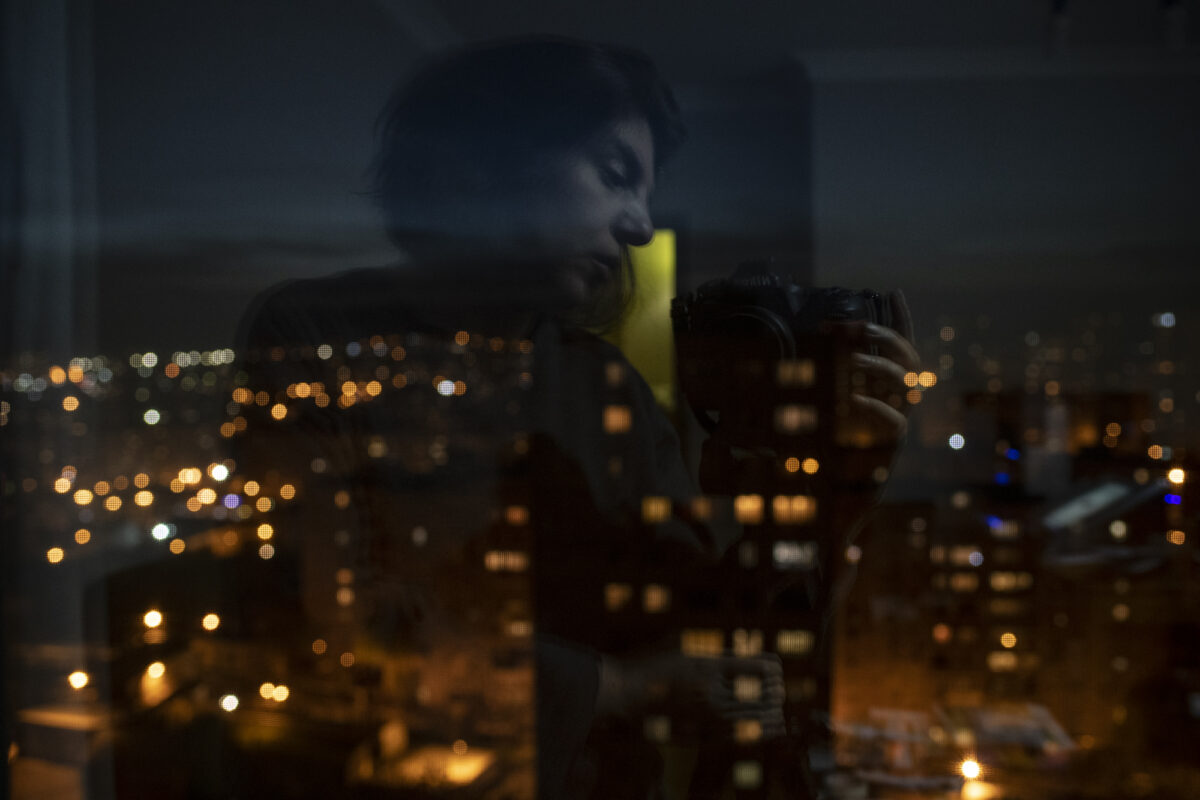 Of course, in any situation you want to be a documenter in some way – to take photos, to archive, because you know that in a few years it will be interesting and worthy of attention.[/caption]
Of course, in any situation you want to be a documenter in some way – to take photos, to archive, because you know that in a few years it will be interesting and worthy of attention.[/caption]
But now it’s a situation where you really weigh in on your thoughts, wondering if it’s worth the risk and working in the same way. There has been no such issue before. For example, in the days of the revolution, I didn’t even go home for days, taking away from my responsibilities at home. I knew I had to be outside, it was a natural and very selfish feeling. When I saw a live video showing that there was a hot spot, I immediately ran there.
Now it is different because you feel that you are responsible not only for yourself but for everyone. It’s me, my camera, and my life, but I have no guarantee that I won’t be the one to spread the infection.
And every day I think I can go out and take photos, but … I don’t.
Even if it is possible to get permission to go to, say, a hospital, there are many ethical issues. First of all, you need to be prepared with special clothes and various protective means. It’s like we’re in a zone where you have to be technically and spiritually ready.
You can’t run forward thinking that nothing will happen to you. Most of all, I don’t want to be hypocritical by telling everyone not to go out and then going to take photos of people. The situation is unpredictable and dangerous.
As an editorial staff working with various photographers, we decided that we would document ourselves in this time, we would photograph the process. We worked on a group material on how we live and work. I think that’s enough and it’s valuable.
When the quarantine was announced, I decided that now was the time to isolate myself, as everyone else has done. Let it be my experience as a photographer to direct the camera not to others but to myself. Before the quarantine, I really felt that I, my friends, and those around me were in a very tense situation, tired and overwhelmed.
I thought we should take a break, but if we stopped, would we manage to come out of it?
Stopping is an opportunity to reconsider where you are, what you are doing, thinking about your age, the work you’ve accomplished. For example, now I try to sort my archive every day because it’s very important! We are constantly moving forward with what is current, creating new stories, editing and supplementing, running with the new, and as a result, we don’t achieve much.
After all, because of this quarantine, we all lose our free space, even if we have the opportunity to be alone at home, face to face with thoughts. We constantly share time and space with others. And the personal space begins to disappear.
Over the years, I’ve always visited others, knocked on doors, listened to and photographed different people, and now I seem to be doing the same to myself. I am listening to myself…
And it’s so unbearably artificial and complicated that it’s impossible to tell. I’ve never fixed the camera on myself, now I’m doing …
Quarantine is especially disastrous for freelance photographers. I follow how international photojournalism announces new projects and grants specifically for photographers who do not have a steady monthly income or lose income. We do not have such support or attention.
Hayk Baghdasaryan, Photolure
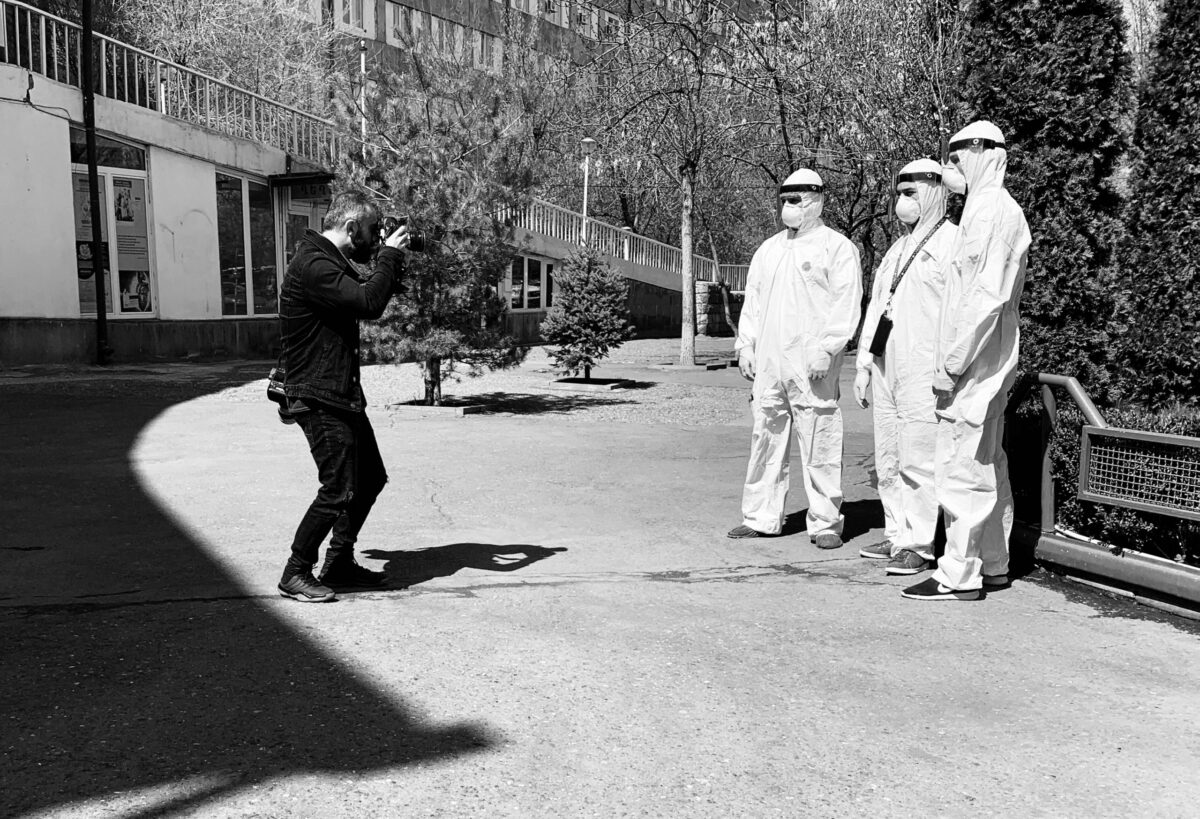
Fear doesn’t matter much to me, even though I understand that we are dealing with a serious infection. We go out, we work on the street and in closed areas with gloves and a mask, even though in some ways it’s uncomfortable.
Our agency has been thinking for a long time that we should try to photograph a sharply infectious disease hospital. We applied to the Ministry of Health, but when we learned that there was no such thing as an “aquarium,” that is, a glass isolator that separates patients and outsiders, we were forced to abandon that idea.
If there was an insulating glass, we would definitely go in and work at that hot spot today. Of course, taking into account all the ethical requirements.
It should be pictured so as not to show the faces of patients (the face should not be shown, it is both a written and unwritten law), but to show how people work in this emergency.
Now we don’t know what’s going on inside the hospitals, and that makes people aware. I am convinced that people need to be shown how the infections are being fought in infectious hospitals.
Now there are many such pictures all over the world. Let’s say the doctors work, take the patient to the hospital, discharge him, transfer him. There are pictures taken from inside, where the doctors go, but at the same time, it doesn’t matter who the patient is.
We have been negotiating with the ministry for a long time, we wanted to find out what kind of protective measures are needed, how it will be done later (do we need to enter into a two-week quarantine or not)? But we were told that we could only take photos in the yard when the doctors came and went during their breaks. In my opinion, the moment of rest should be shown, but roughly speaking, it has a secondary purpose.
The world is showing that they have patients and have people who take care of those patients. And we, for reasons we don’t understand, don’t show it.
Yes, I went to Massiv Hospital and took pictures of five doctors in the yard. Somehow, they wore masks and protective clothing, but those photos didn’t solve any serious problems.
So basically, we all know that there are infected people, but there is no record of it. I took a very close, faint shot from a distance when the ambulance brought someone to the entrance of the hospital. But that’s not enough.
We were also offered to take pictures of how people’s temperatures were taken in the reception area, their lungs listened to, but I could do that in any hospital. I don’t want to say anything in common with my photos, I want to take pictures of today.
In the early days of quarantine, we took photos of how the subway trains were being disinfected and cleaned. The empty subway became one of a regular series, which is still secondary. You ask yourself how many photos are you going to take of the process of cleaning up, the masked people walking down the street, even the masked couples holding hands, which, of course, can be interesting shots.
But either way, you want to do more.
It can be said that today photographers of almost all branches, both sports and interior photographers, have no work. As an agency, we still photograph a few things during the day, but at most, some press conferences in the government or speeches of the National Assembly. And it kills us. Even the desire to photograph the street ends.
Nune Hakhverdyan

